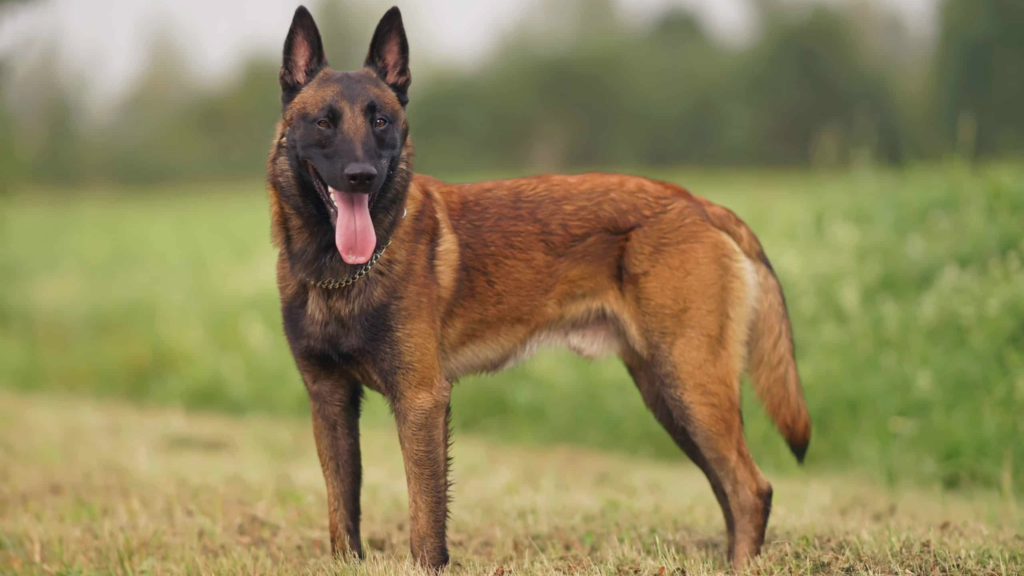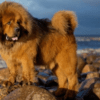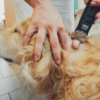The Malinois dog, also known as the Belgian Malinois, is a medium-to-large-sized breed that is part of the herding group.
Here are some key characteristics and information about Malinois dogs:
Body structure:
Malinois dogs have a well-muscled, athletic body. They have a short, straight, and dense double coat with a hard outer layer that comes in various shades of fawn, mahogany, and red. They typically have a black mask on their face and black ears.
Looks:
Malinois dogs are known for their high energy levels, intelligence, and loyalty. They are often described as being driven, focused, and highly trainable. They excel in tasks that require agility, obedience, and problem-solving abilities. However, they are also independent thinkers and can be quite strong-willed.
Work:
Originally bred as herding dogs, Malinois are highly versatile and can excel in various roles. They are commonly used as working dogs in fields such as law enforcement, search and rescue, tracking, and protection work. Due to their agility and endurance, they also perform well in dog sports like obedience, agility trials, and Schutzhund.
Training:
Malinois dogs have high exercise requirements and need plenty of physical and mental stimulation to thrive. They enjoy activities such as long walks, jogging, playing fetch, and participating in canine sports. Regular training sessions that challenge their minds are essential to keep them engaged and prevent boredom.
Family Life:
Malinois dogs are typically very loyal and devoted to their families. Early socialization is important to ensure they become well-rounded and adaptable companions. They generally get along well with children and can be protective of their family and home. However, their high energy levels and strong herding instincts may make them less suitable for households with small children or other small pets.
Health:
Like all dog breeds, Malinois dogs may be prone to certain health conditions. Some of the potential health issues include hip dysplasia, elbow dysplasia, progressive retinal atrophy (PRA), and certain genetic disorders. Regular veterinary check-ups, a balanced diet, and regular exercise can contribute to their overall health and well-being.
Medical Issue:
Hip Dysplasia:
Hip dysplasia is a genetic condition where the hip joint doesn’t develop properly. It can lead to lameness, pain, and arthritis. Responsible breeders often screen their breeding dogs for hip dysplasia to minimize the risk.
Elbow Dysplasia:
Elbow dysplasia is a condition that affects the elbow joint and can cause lameness, pain, and inflammation. It is also a genetic condition and can be screened for by responsible breeders.
Progressive Retinal Atrophy (PRA):
PRA is a group of degenerative eye disorders that can lead to vision loss and, in severe cases, blindness. Regular eye examinations by a veterinary ophthalmologist can help identify PRA in its early stages.
Epilepsy:
Some Malinois dogs may be prone to epilepsy, a neurological disorder characterized by seizures. Epilepsy can be managed with medication and veterinary guidance.
Allergies:
Like other breeds, Malinois dogs can develop allergies to various environmental factors, such as pollen, dust mites, or certain foods. Allergies can manifest as skin irritation, itching, and gastrointestinal issue.
Conclusion:
In conclusion, the Malinois dog, also known as the Belgian Malinois, is a remarkable and versatile breed with unique characteristics. They are known for their high energy levels, intelligence, loyalty, and working abilities. Malinois dogs thrive in environments that provide them with plenty of physical exercise, mental stimulation, and a purposeful job to fulfill.
While they can make excellent companions and working dogs, it’s important to note that Malinois dogs are not suitable for everyone. They require dedicated and experienced owners who can meet their specific needs, including consistent training, socialization, and an active lifestyle.
FAQ’s:
Are Malinois Dog Aggressive?
Malinois dogs are not inherently aggressive, but they have strong protective instincts due to their herding background. Proper socialization, training, and responsible ownership are crucial to ensure they develop into well-behaved and well-adjusted dogs.
Are Malinois Dog Good Family Pets?
Malinois dogs can make good family pets if they receive proper training, socialization, and exercise. However, their high energy levels and herding instincts may make them better suited for households with older children who can handle their activity levels and understand how to interact with them.
How Much Exercise Do Malinois Dogs Need?
Malinois dogs are highly active and require a significant amount of exercise. They typically need at least 1-2 hours of vigorous exercise daily, including activities like running, jogging, playing fetch, and engaging in mentally stimulating games or training sessions.
Are Malinois Dogs Easy To Train?
Malinois dogs are highly intelligent and trainable. They are often used in various working roles due to their trainability and ability to learn complex tasks. However, they can also be independent thinkers and require consistent, positive reinforcement-based training methods and an experienced handler.
Do Malinois Dogs Shed A Lot?
Yes, Malinois dogs have a double coat that sheds moderately throughout the year. They typically have a heavier shed during seasonal changes. Regular brushing can help manage their shedding and keep their coat in good condition.



